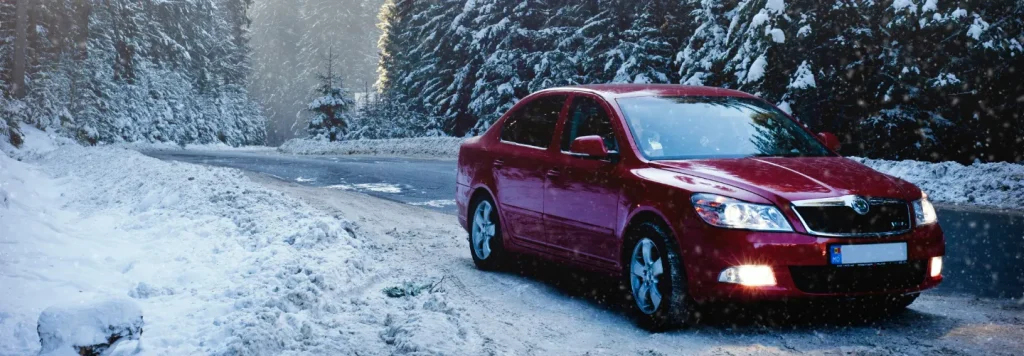Everyone will experience driving in the rain, regardless of where they live in the US. All drivers can use and benefit from these tips for safe driving.
It’s crucial to be ready for any type of rainstorm, whether it’s a tiny drizzle or a heavy one. With the help of The Cincinnati Insurance Companies, here are some tips for safe driving to help you stay safe on the road effectively.
VERIFY MECHANICS
Check the condition of your car before a major storm comes. Make that your windshield wipers, taillights, and headlights are all in good operating order. To stay safe when driving through bad weather, your tires must have enough tread. On slick surfaces, balding tires have less traction.
FIX THE HEADLIGHTS
To increase your visibility during a downpour, whether it is during the day or at night, turn on your headlights. Also, it will increase your visibility to other drivers even if you believe your vision is adequate. ” Wipers on, lights on” laws are currently in effect in the majority of US states. Similar to the norms already in place in Europe and other places, the National Highway Traffic Safety Administration has now adopted regulations that will let automakers use adaptive headlights in vehicles.
BE A SMART DRIVER
Slow down: When it rains or when the roadway is slick, visibility may be less than usual. Reduce your speed and take turns slowly.
Maintain a safe distance: While it’s always advisable to maintain a safe distance from other motorists, wet roads may make it more difficult for you to stop quickly. Also, you have no idea how much experience other drivers have driving in bad weather.
Pay close attention: Keep your eyes forward and your hands on the wheel. So that you have complete control of the car and are prepared to take action, turn off the cruise control.
Keep calm: Anticipate that traffic will move more slowly.
BEWARE OF HYDROPLANING
While it’s raining, one thing to be especially careful of is the potential for hydroplaning. When a vehicle slides erratically on a wet surface, it is hydroplaning. When the tires come into contact with more water than their treads can move, this can occur. If this occurs, let off the gas slowly and move forward steadily. Avoid slamming on the brakes, since this could cause your car to lose control.
VENTILATE YOUR VEHICLE
When it rains, the interior of the automobile becomes more humid, which frequently causes car windows to fog up. Reduce window fog by using your ventilation system to balance the temperature inside and outside of the automobile. Pull over if you can no longer see out your windows.
BE CAUTIOUS OF STANDING WATER
It is simple to misjudge the depth of the water in standing water on the road, which can conceal dips, debris, and washouts. Turn around and take a different path to your destination, even though the road is well-known. Most passenger cars can be flooded with only 6 inches of water before they stall. You may easily become stranded, which is dangerous when the water level is rising. Also damaging to your engine, electronics, and interior of your car is standing water.
KNOW YOUR SURROUNDINGS
Take extra measures if you are driving in a new area. Roads in areas with infrequent rain tend to be slicker due to the buildup of various automotive fluids that aren’t constantly wiped away.
This loss prevention advice is solely intended as a guide. The management and oversight of loss control efforts are not assumed by the author. The list of exposures in this article is not exhaustive. For details on auto insurance coverage, speak with The Feltner Group or your local independent agent today!
